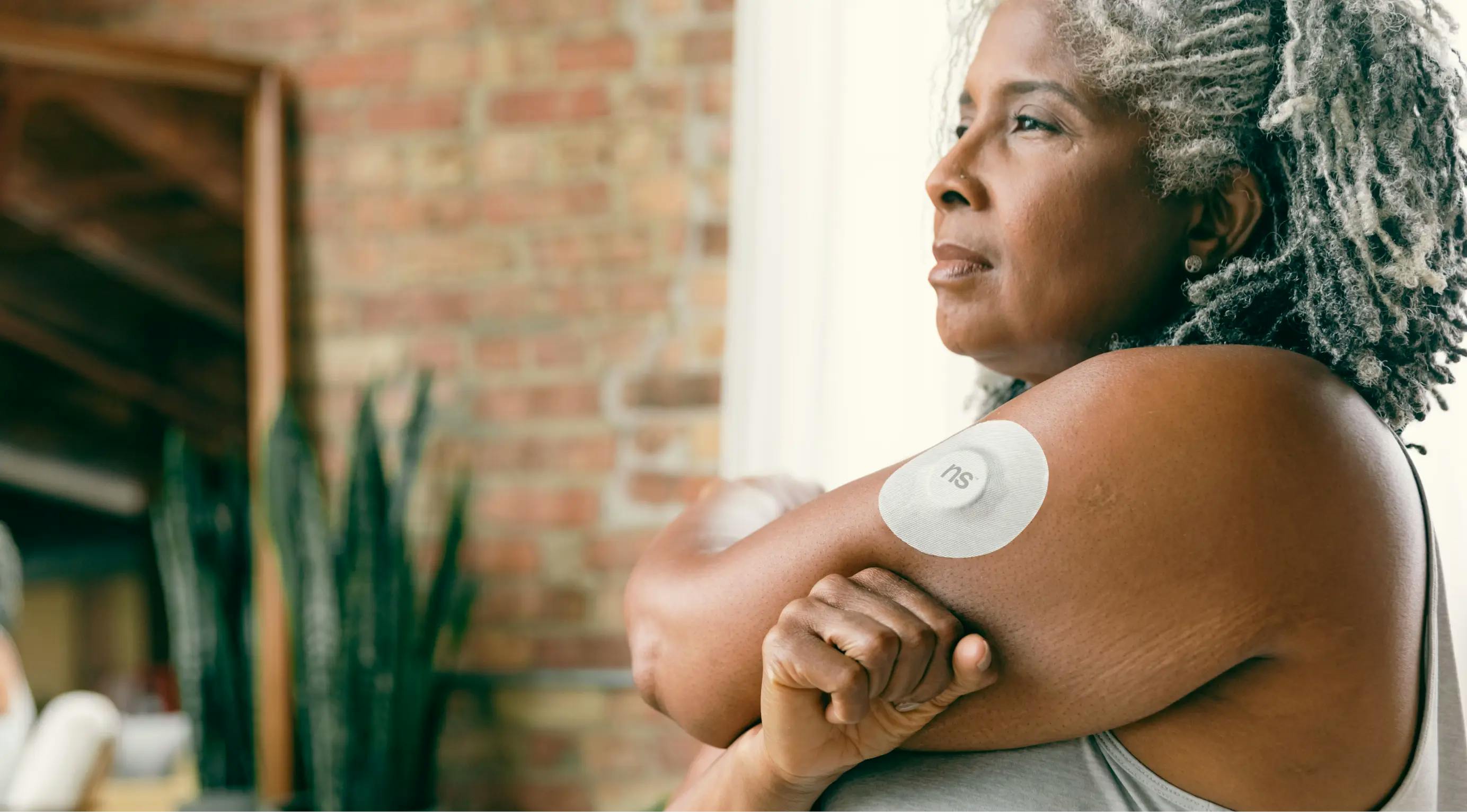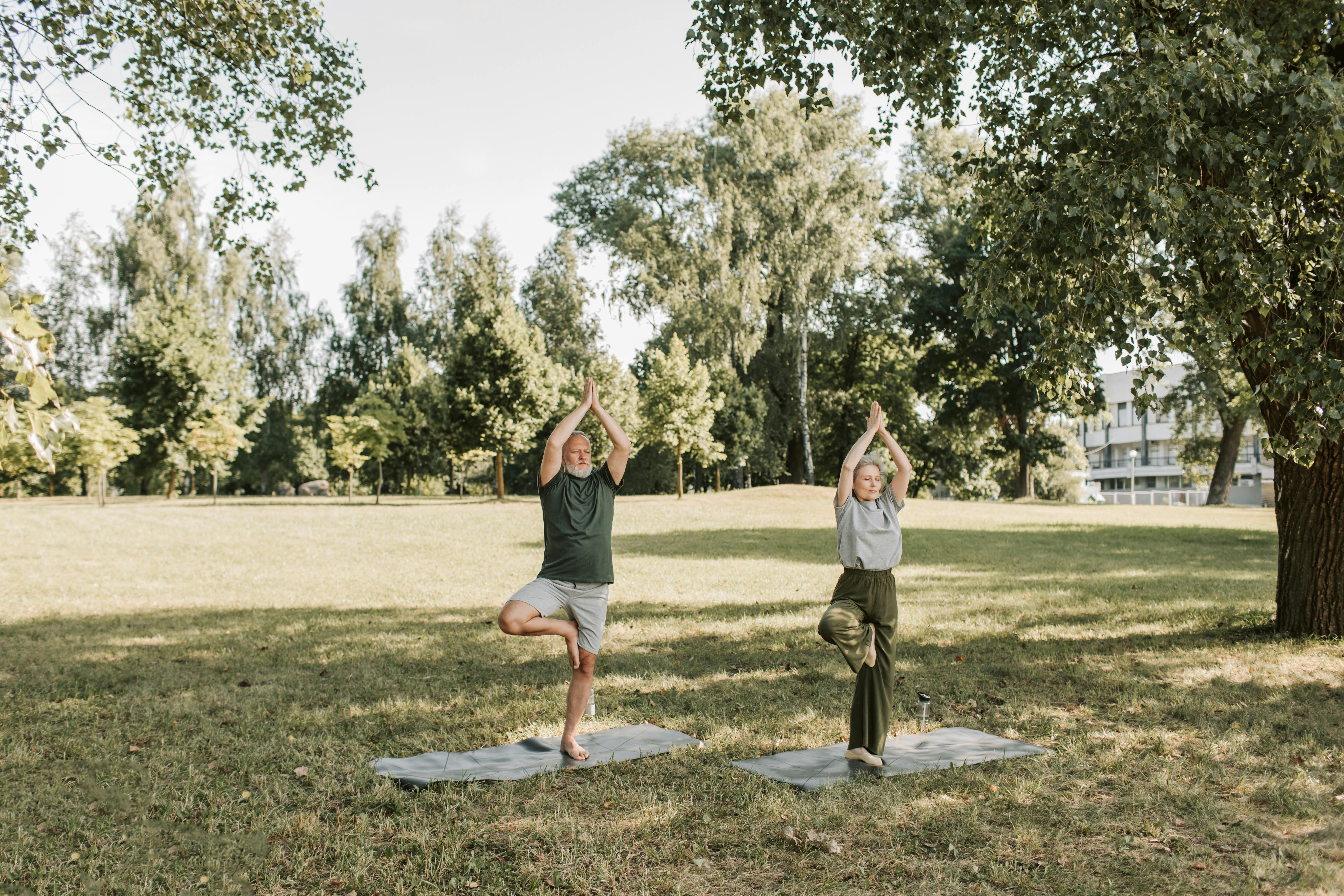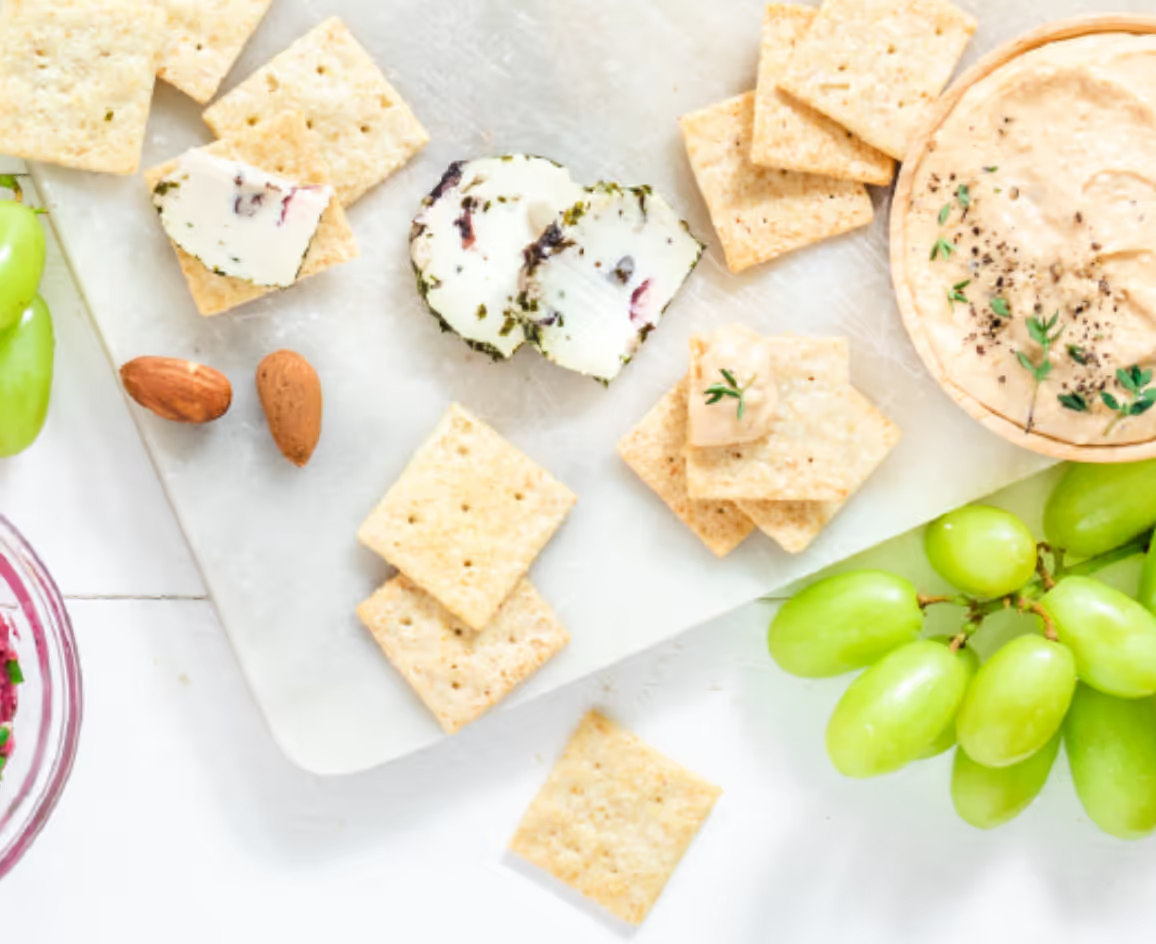The Lanby’s Cold Plunge and Sauna Protocol
Reduce inflammation, boost your immune system, and release endorphins.

A primary care membership for patients who want more. Primary Care. Nutrition. Wellness. All under one roof.
Cold plunges and saunas have been revered for centuries for their health benefits. Incorporating both into your wellness routine can create a powerful synergy, promoting recovery, enhancing circulation, and boosting overall well-being. But what is the science behind cold plunges and saunas, and how can you maximize their effectiveness?
The Science
Cold Plunge
Cold plunges, also known as cold water immersion or cold baths, have gained popularity for their potential health benefits. The science behind these benefits involves physiological responses triggered by exposure to cold temperatures. Here are some key mechanisms:
Vasoconstriction and Vasodilation:
When the body is exposed to cold water, blood vessels near the skin's surface constrict (vasoconstriction) to conserve heat. Once out of the cold water, the body undergoes vasodilation, where the blood vessels expand. This process is believed to improve circulation and promote cardiovascular health.
Reduction of Inflammation:
Cold exposure can help reduce inflammation in the body. Cold water immersion may decrease the production of pro-inflammatory cytokines, which are signaling molecules involved in the body's inflammatory response. This anti-inflammatory effect is one reason why athletes often use cold therapy for recovery after intense workouts.
Boost to the Immune System:
Regular cold exposure has been associated with an increase in the production of certain immune cells, such as white blood cells. This boost to the immune system is thought to enhance the body's ability to fight off infections and illnesses.
Release of Endorphins:
Cold water immersion triggers the release of endorphins, the body's natural feel-good chemicals. Endorphins act as natural painkillers and mood enhancers, contributing to a sense of well-being and reduced stress.
Activation of Brown Adipose Tissue (BAT):
Cold exposure activates brown adipose tissue, a type of fat that generates heat. Unlike white adipose tissue, which stores energy, BAT burns calories to produce heat. This process is linked to metabolic benefits and weight management.
Improved Sleep Quality:
Exposure to cold temperatures, especially before bedtime, may promote better sleep. Cold plunges can help lower the core body temperature, a natural signal to the body that it's time to sleep. Improved sleep quality contributes to overall health and well-being.
Cryotherapy and Pain Relief:
Cold therapy, including cold plunges, is often used as a form of cryotherapy to alleviate pain and soreness. The cold numbs nerve endings, reducing sensations of pain and discomfort. Athletes and individuals with inflammatory conditions may find relief through regular cold exposure.
It's important to note that while cold plunges can offer various health benefits, they may not be suitable for everyone. Individuals with certain medical conditions, such as cardiovascular issues or Raynaud's disease, should consult with a healthcare professional before incorporating cold therapy into their routine. Additionally, the duration and intensity of cold exposure should be gradual, and individuals should listen to their bodies and avoid excessive or prolonged exposure to cold water.
Saunas
The science behind the benefits of saunas involves several physiological responses to the exposure to high temperatures. Here are some key mechanisms:
Heat Stress and Thermoregulation:
Saunas induce heat stress on the body, causing an increase in core body temperature. In response, the body engages in thermoregulation mechanisms to cool down. This process involves sweating, which helps regulate body temperature and expel toxins through the skin.
Improved Cardiovascular Function:
Regular sauna use has been associated with improvements in cardiovascular health. The heat exposure leads to vasodilation, the widening of blood vessels, which results in increased blood flow. This effect may contribute to lower blood pressure and improved circulation.
Release of Heat Shock Proteins:
Heat shock proteins are produced in response to cellular stress, including the stress induced by heat. These proteins play a role in protecting cells from damage and promoting cellular repair. Sauna sessions are believed to stimulate the production of heat shock proteins, contributing to cellular resilience.
Endorphin Release:
Sauna use has been linked to the release of endorphins, the body's natural feel-good chemicals. Endorphins act as natural painkillers and mood enhancers, promoting relaxation and reducing stress.
Detoxification Through Sweating:
Sweating is one of the primary ways the body eliminates toxins. Sauna-induced sweating can help remove heavy metals, pollutants, and certain chemicals from the body. However, the extent of detoxification through sweating remains a topic of ongoing research.
Muscle Relaxation and Pain Relief:
The heat from a sauna can relax muscles, reducing tension and promoting a sense of well-being. Sauna use has been reported to alleviate muscle soreness and joint pain, making it a popular choice for post-exercise recovery.
Improved Respiratory Function:
Dry sauna air can be beneficial for individuals with respiratory conditions. The warm, dry air may help open airways, reduce congestion, and improve respiratory function, making saunas a potential adjunctive therapy for conditions like asthma or chronic bronchitis.
Enhanced Skin Health:
Sauna-induced sweating can contribute to clearer skin by flushing out impurities. The increased blood flow to the skin during a sauna session may also promote a healthy complexion.
It's important to note that individual responses to sauna use can vary, and certain populations, such as pregnant women, individuals with cardiovascular conditions, or those with heat-sensitive conditions, should consult with a healthcare professional before using saunas.
Our Cold Plunge and Sauna Routine
Step 1
Begin your routine with a sauna session. Allow your body to gradually adapt to the heat, promoting relaxation and initiating the sweating process.
Duration: 15-20 minutes
Temperature: 160-180°F (71-82°C)
Hydration: Drink water before and after to stay hydrated (add in an LMNT for extra hydration).
Step 2
Quickly transition from the sauna to the cold plunge. The cold water helps constrict blood vessels and reduce inflammation while providing a refreshing contrast to the heat.
Duration: 3-4 minutes
Temperature: 39-59°F (10-15°C)
Breathing: Don’t forget to breathe. Take slow, deep breaths to manage the shock of the cold.
Repeat
Repeat the sauna and cold plunge cycle 2 times.Alternate between the sauna and cold plunge, allowing your body to experience the benefits of both heat and cold stress. Each cycle enhances blood circulation, promotes detoxification, and supports overall recovery.
End with Relaxation
Conclude your routine with a 10-15 minute period of relaxation, whether in a comfortable lounge area or a warm space. This helps your body return to a normal temperature gradually.
Safety Considerations
Stay hydrated: Drink water before, during, and after the routine to stay hydrated.
Know your limits: Pay attention to how your body responds and adjust the duration and intensity accordingly.
Consult a professional: You should always consult with a healthcare professional before starting this routine.
A cold plunge and sauna routine can be a transformative addition to your wellness regimen. By understanding the science behind these practices and following a structured routine, you can benefit from enhanced recovery, improved circulation, and a revitalized sense of well-being.

If you're curious to learn more about The Lanby, book a free consult call and we'll chat about how The Lanby can be your personalized long term health and wellness partner.

Kendall is a graduate of the University of Mississippi, with a B.A. in Integrated Marketing Communications and a minor in Business Administration. She received her certificate of Nutrition Science from the Friedman School of Nutrition at Tufts University.

Chloe holds a bioengineering degree from the University of Pennsylvania. As a breast cancer survivor, her insights shape The Lanby's patient-centric approach. Leveraging her healthcare strategy background, Chloe pioneers concierge medicine, bridging gaps in primary care.

Tandice was recognized with the Health Law Award and named a Ruth Bader Ginsburg Scholar at Columbia Law School. Tandice's editorial role is enriched by her insights into patient autonomy and gene modification legalities. Passionate about bioethics, she is committed to crafting patient-centric healthcare solutions.





